Stain Reduction
Stain Reduction
Stains on paper are the result of acidity. Paper naturally ages and as a result becomes more and more acidic, and as a result yellows and darkens. The better the quality of the paper, its fiber content and the process it was manufactured, the less acidic and the brighter and longer lasting it will be. In the 19th century with the increased demand for paper, lead to mass production of paper and the decreased quality of materials and production methods.
Water staining occurs when paper becomes wet and the water solubilizes acids in the paper (which are dark) and these move and condense along the drying front. Paper as it naturally When paper remains wet for long periods of time it becomes susceptible to mold growth. Mold on paper results in deterioration of the paper, weakening and destruction of the paper fibers, and staining that can appear black, red and yellow.
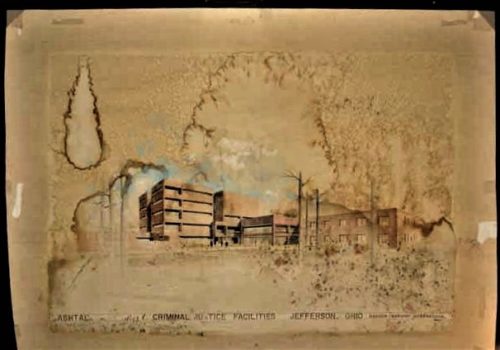
Architectural drawing with water and mold staining
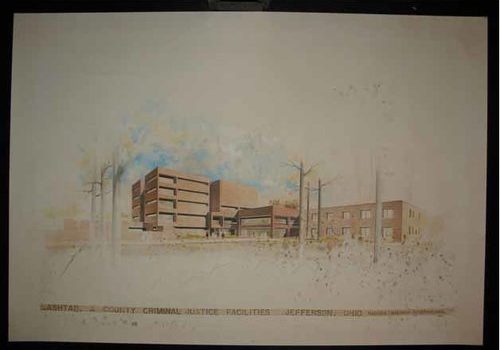
After treatment of water stains and minimization and disinfection of the mold.
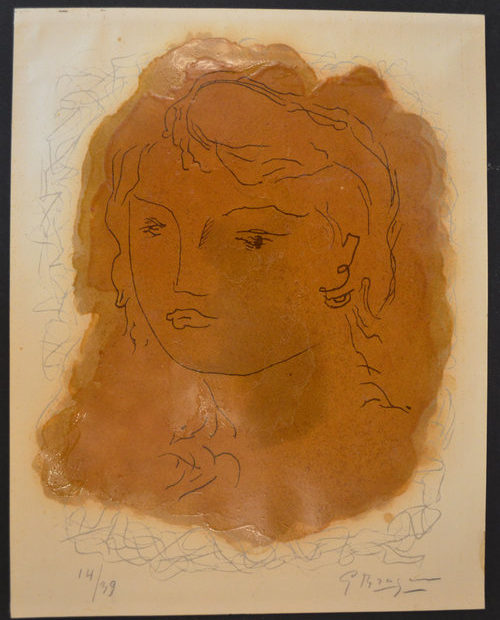
George Braque print, stained from an oxidized (acidic) lacquer, varnish, applied to the image and stuck to the glass of the frame. Over time it had darkened and disfigured the print. (The lacquer was probably applied by the artist without the knowledge that it would discolor and disfigure over time)
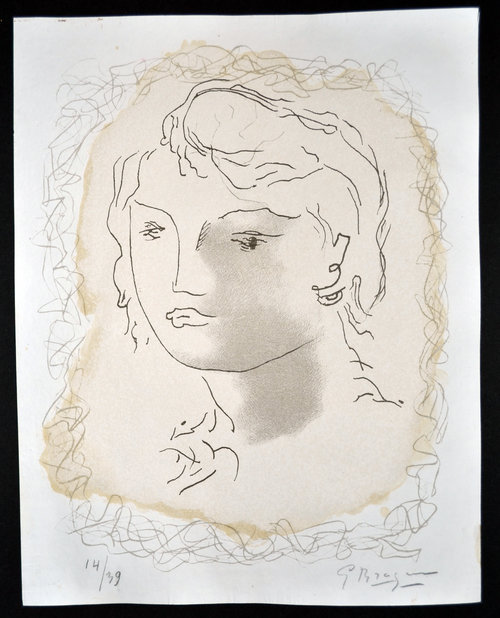
The discolored varnish was removed as much as possible with a combination of solvents. The remaining staining was reduced as much as was possible without risk to the integrity of the paper. Not all staining can or should be removed. Bleaching to reduce staining can be done safely when following proper procedures and care.
Improper bleaching procedures can seriously damage and weaken paper. It takes years of experience to know how and to recognize when and how to safely use the different processes to reduce.
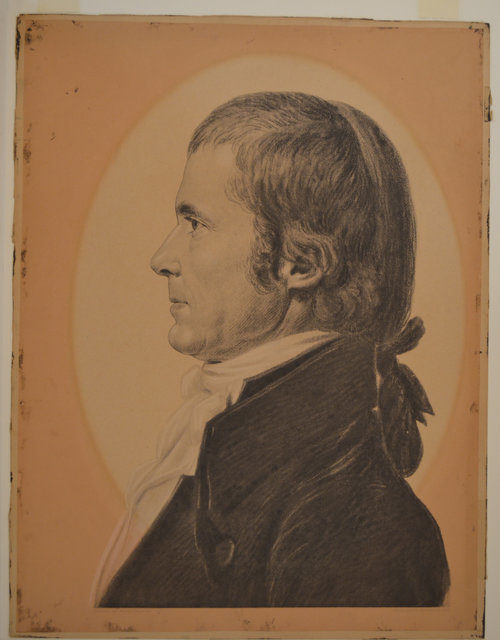
Charles Balthazar J. F. de Saint-Mémin (1770-1852)
Poorly matted and framed, using an acidic oval mat, whose acidity outgassed and migrated onto the good quality paper on which the portrait was drawn, staining in the pattern of the old mat.
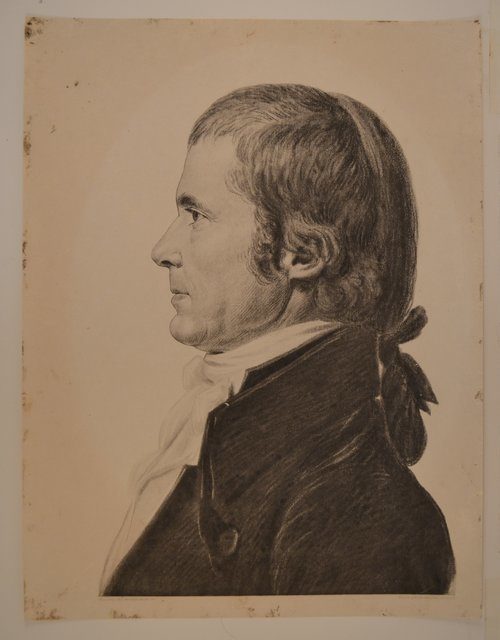
After treatment, where the oval stain from the mat was carefully reduced by selective localized treatment.
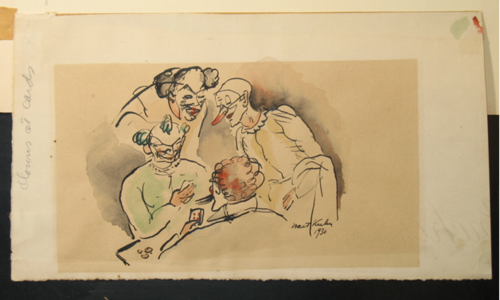
“Clowns at cards” a watercolor cartoon, seriously stained when exposed to light and acidic environment. Note, it had been matted twice, resulting in two different patterns of staining.
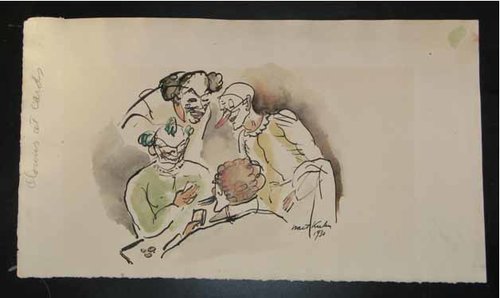
Most of the disfiguring staining was removed, but further reduction was stopped when the bright red pigment began to be affected and resulting in some loss. Over all the piece was improved, but not always are treatments without some risk.

An early example of a newspaper photographers advertisement stained with age and acidity.
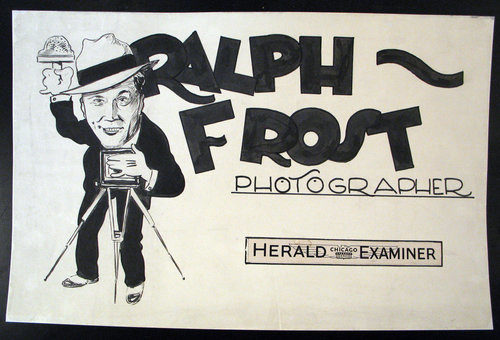
The staining of the old advertisement has been reduced to its original tonality.

Pencil drawing that had been folded smaller and matted resulting in “mat burn” the dark frame in the center. A result of acidic outgassing from the cut edge of the framing mat. The entire piece was exposed to an acidic environment, and masking tape (at the top verso of the piece).

After treatment. The masking tape was removed and the staining reduced during a 6 step process of bleaching (the Helen Burgess process)

A Huntington copy of the of The Declaration of Independence printed in between 1820 and 1825. Seriously stained and tattered.
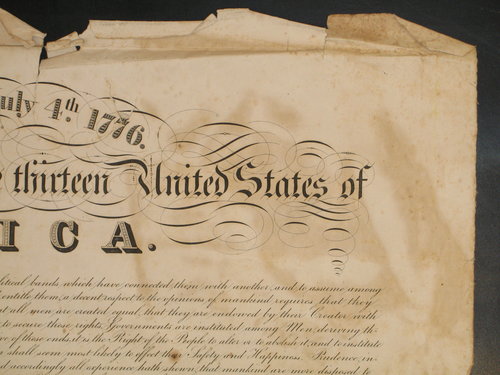
Detail of staining and tattered edges of the Huntington printing of The Declaration of Independence.
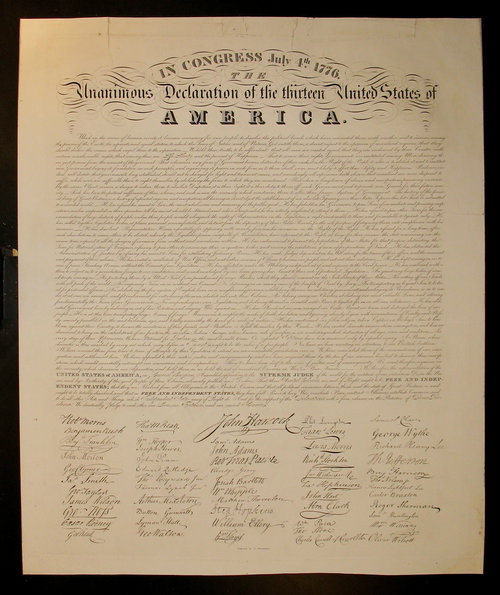
After treatment of The Declaration of Independence
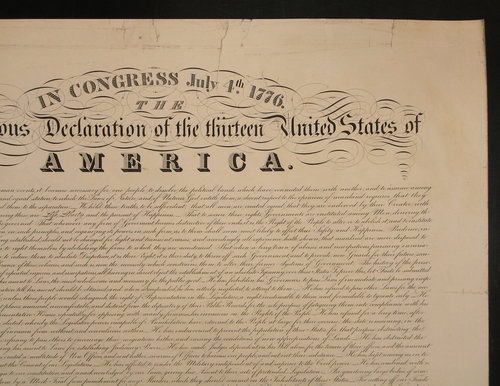
Detail of the after treatment of The Huntington printing of The Declaration of Independence
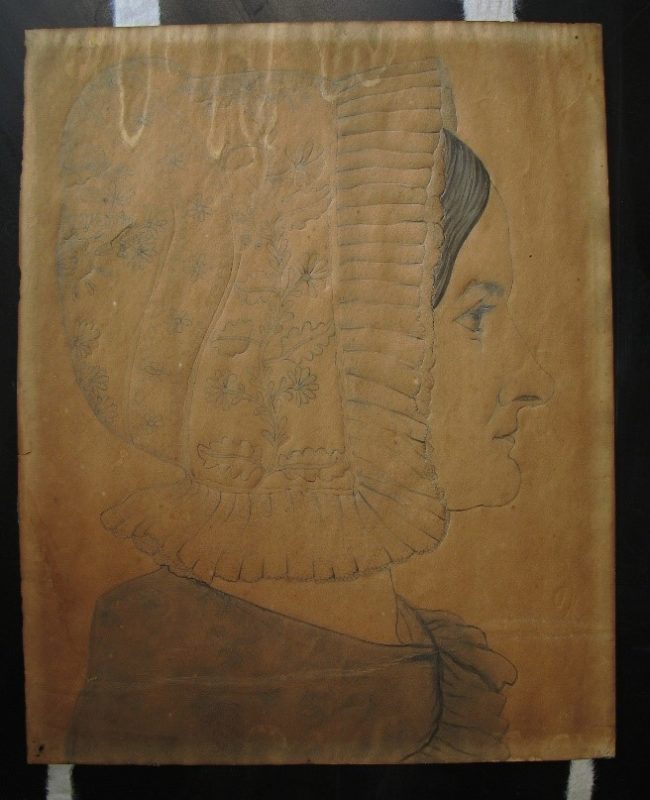
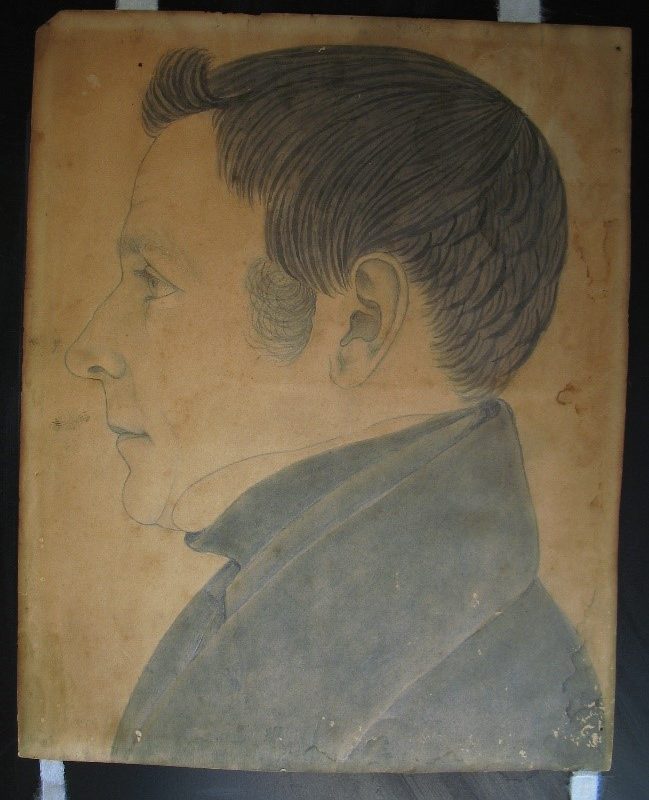
Early American husband and wife pencil and ink portraits, stained due to acidic environmental conditions.
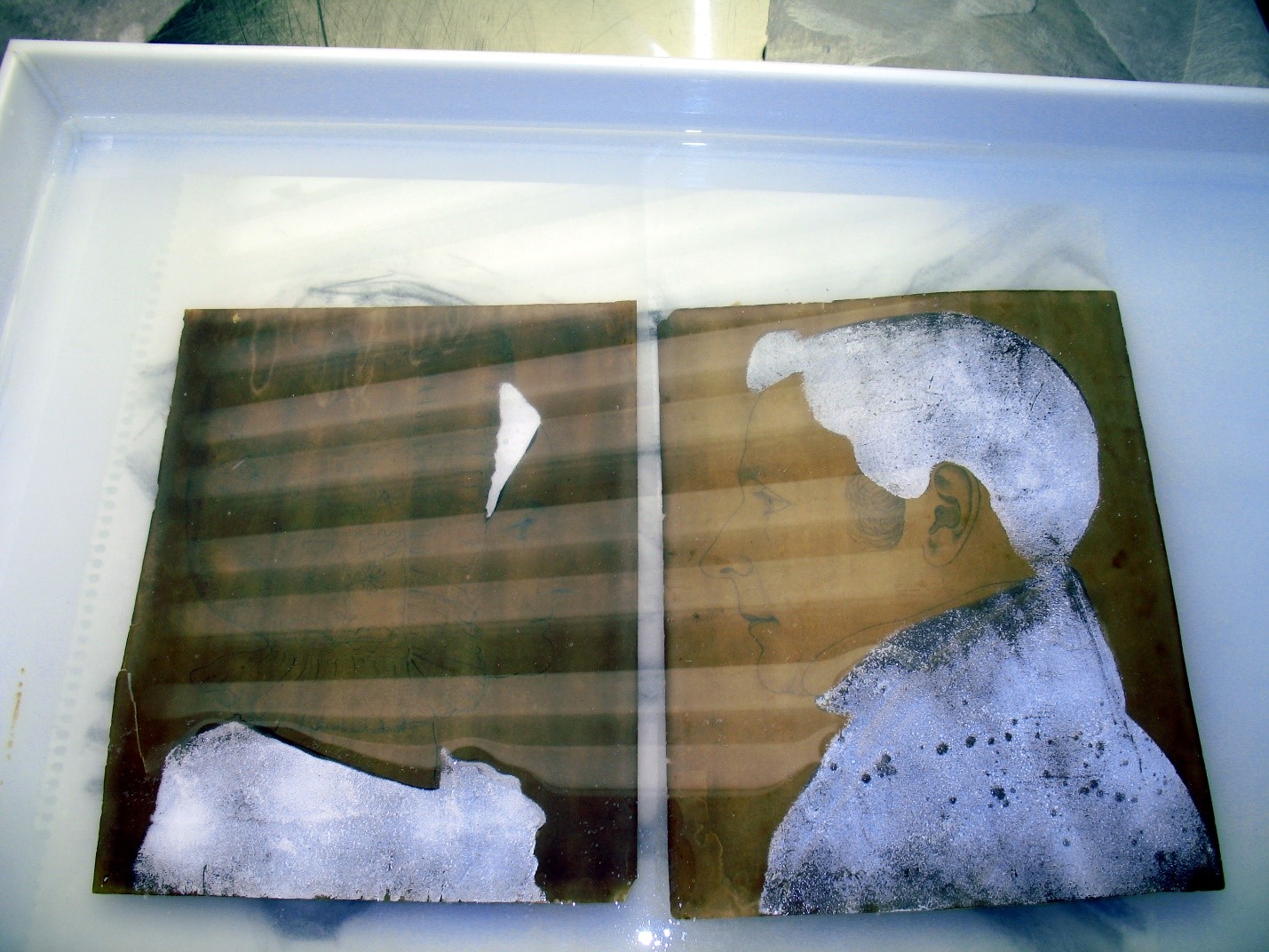
Portraits during aqueous treatment to remove soluble acids, prior to addressing the staining. The areas that appear white are protected “fixed” by cyclododicane a material that protects the inks and pigments that are sensitive to water, yet after treatment, it evaporates (sublimates) and does not leave a residue.
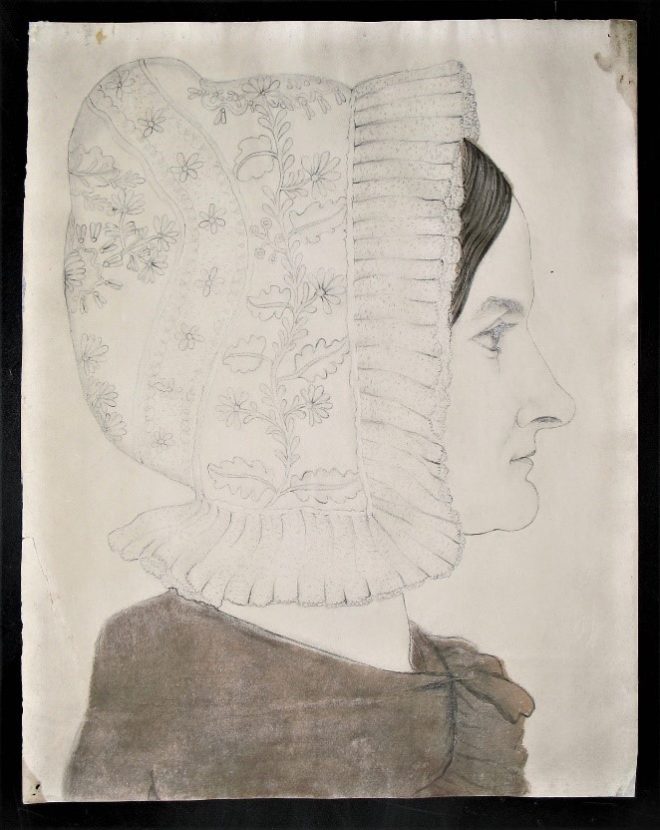
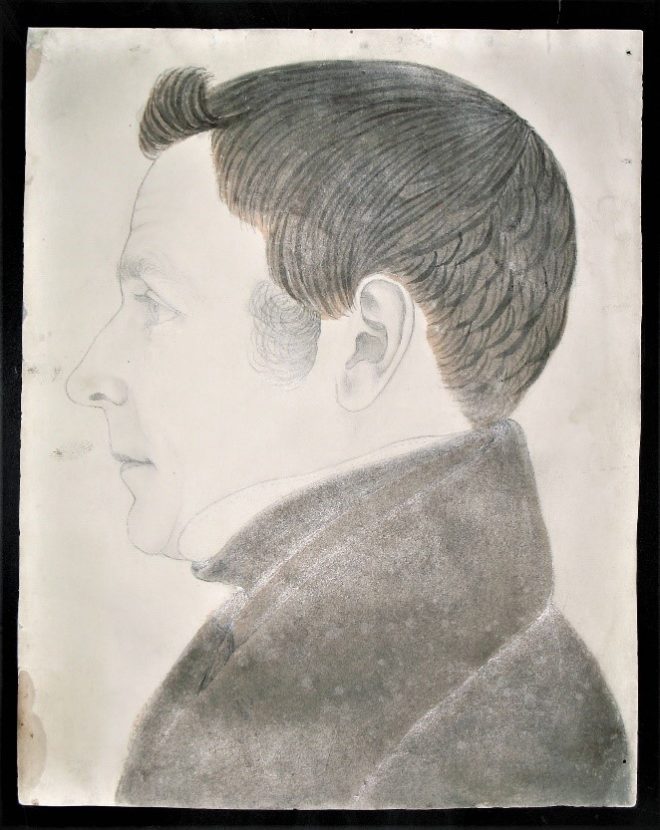
After treatment